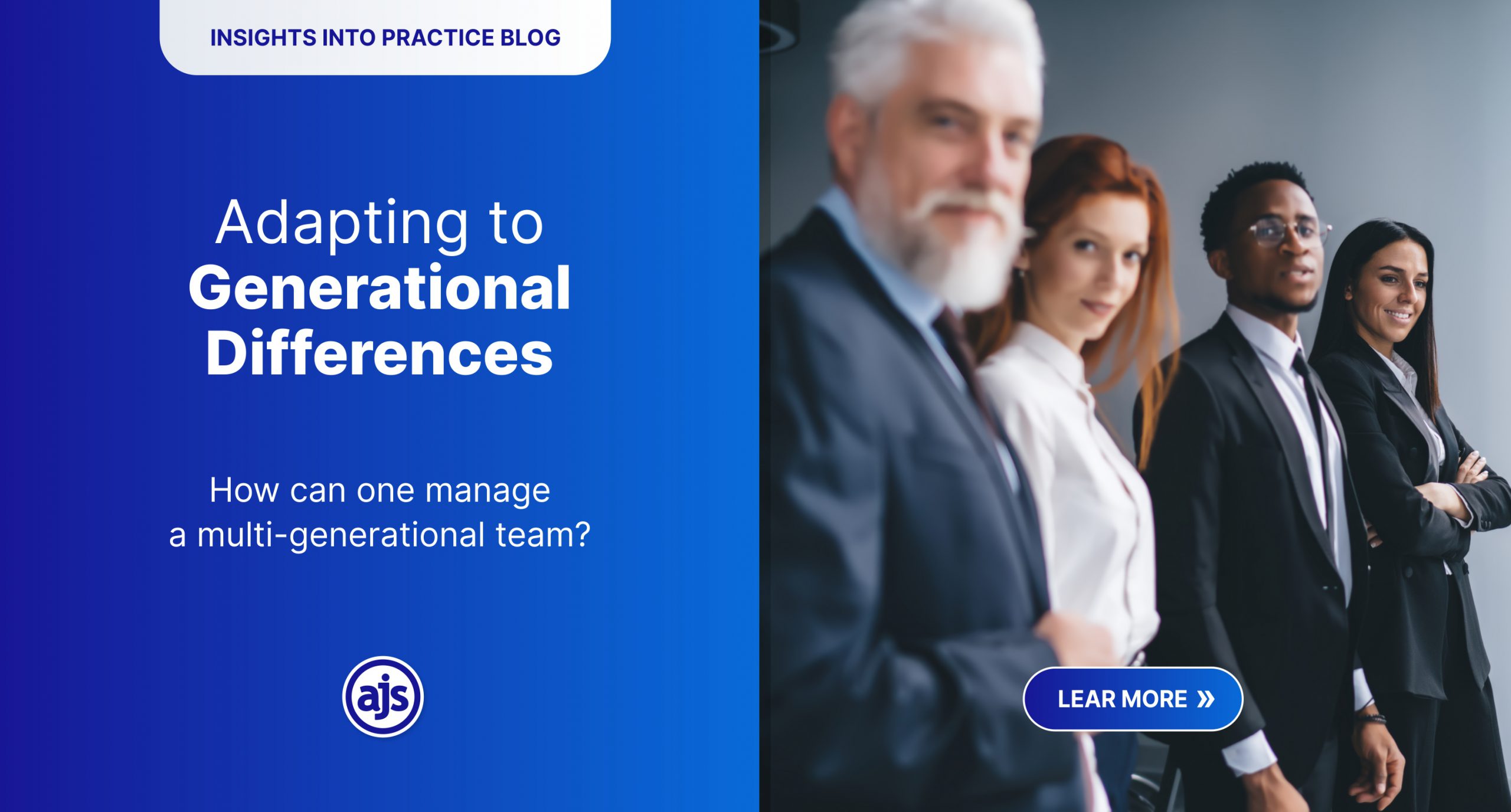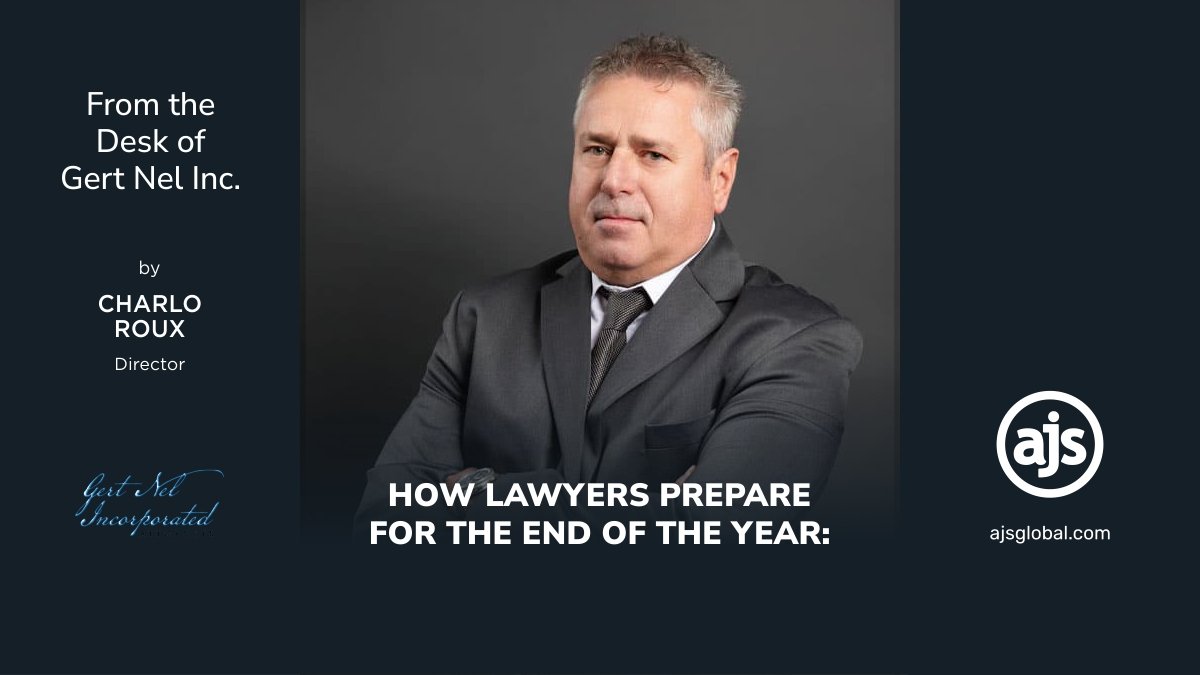
Adapting to Generational Differences
How can one manage a multi-generational team?
Have you ever been curious as to what goes on in the minds of other legal practitioners? Have you ever wondered whether you measure up?
It’s only natural, after all it’s human nature to be curious about the world and the people around you – how do they do what they do?
With that in mind, join us as we investigate frequently discussed topics, with the aim of discovering innovative approaches to the practice of a law in an ever-changing and evolving world.
Take this blog’s topic – Adapting to Generational Differences – How can one manage a multi-generational team?
Life expectancy
Across the world, people are living longer.
Life expectancy has doubled over the last two centuries around the world.
In 1800, no region had a life expectancy higher than 40 years. In 1900, the average life expectancy was 32 years. By 2021 this had more than doubled to 71 years. This extraordinary rise is the result of a wide range of advances in health – in nutrition, clean water, sanitation, neonatal healthcare, antibiotics, vaccines, and other technologies and public health efforts – and improvements in living standards, economic growth, and poverty reduction.
Rather than slowing down, record life expectancy has risen steadily over time, by around one year every four years. By 2021, Hong Kong had the highest life expectancy of 88 years. And it doesn’t show any signs of stopping yet.
The limits of life expectancy have continued to be broken. No one knows the true potential of how long any one person may live (in any region). The possibilities are, seemingly, astounding.
And with that, employees are rethinking their time in the workforce relative to their retirement. Many workers — whether by choice or by necessity — now seek to extend their working lives beyond the traditional retirement age of 65. As such, an individual’s working years can now span 6 or more decades.
What does a Multigenerational Workforce Entail?
This rather unique perspective has given rise to a multigenerational – or employees that span different generations – workforce. Now and certainly in the future, we will have 4 to 5 generations in the workforce at any given time. This unprecedented diversity brings an exciting array of skills and expertise, perspectives, and life experience that can enhance an organisation’s innovation, productivity, and overall performance.
These generations include –
- Silent Generation (Traditionalists) – born 1928-1945
- Baby Boomers – born 1946-1964
- Generation X – born 1965-1980
- Generation Y (Millennials) – born 1981-1996
- Generation Z – born 1997-2012
For managers of multigenerational workforces, engaging with all generations is crucial — not just for employee satisfaction but also for the company’s overall success. Diverse and inclusive workplaces have higher employee retention, higher revenue growth, and a greater readiness to innovate. And for the law firm that wants to get ahead of their competition innovation is key to success. And that it seems, extends to their employees.
Managing a Multigenerational Workforce
Bridging the generational gap in order to achieve an efficient, cohesive team takes some work. But don’t worry, we have set out 9 practices for leading a multigenerational workforce –
- Cater to different communication styles – how we communicate has changed dramatically over the years, and everything from slang to style to format (phone, email, text, emojis) affects how employees interpret messages. If you’re managing a multigenerational workforce, it’s advisable to communicate using multiple methods. Savvy managers will take note of how each individual responds to different communication methods. These managers will email, use messaging, texting (as is appropriate), and have face-to-face meetings to connect with their workforce. However, when it comes to outward communication ensure that there’s a consistent company-wide communication style that meets certain standards when it comes to your brand voice.
- Clarify and reiterate expectations – it’simportant that managers establish avenues for spreading the word about expectations on an ongoing basis. They should also provide assurances about what employees can anticipate from the company as a whole and within their own team. This type of direction ensures that employees have the confidence of knowing where they’re headed.
- Collect feedback – not everyone is comfortable giving their opinions out in the open, so you need ways to encourage honest feedback that reveals the pulse of your multigenerational team. You can offer these opportunities through surveys, performance appraisals, one-on-ones, team building, weekly check-ins or other creative methods. Once you manage to get your team engaged, you can learn bit by bit what needs improving or changing for your multigenerational team.
- Accommodate diverse working styles and needs – there is no one-size-fits-all approach to address how workers of different generations perform best. Organisations that can adjust to their employees’ needs are able to attract and retain the finest of the available talent pool. Flexible work hours can accommodate employees of all generations. Offering varied schedules or part-time work allows caregivers more time with family or provides a phased-in approach to retirement. Evaluate your team and see what their needs are and rise up to meet them by offering diverse resolutions.
- Challenge harmful stereotypes – many generational jokes centre around false stereotypes and narratives, rather than taking the time to understand the important differences that are a part of our generational identities. When we assign negative or overarching characteristics to each group, we imply that their values, beliefs, and goals are fundamentally flawed. When in reality, what we value as individuals is often influenced by events completely out of our control, dictated by our experiences at the beginnings of our lives and our careers. Each generation entered the workforce under certain conditions, which ultimately helped to shape our sense of purpose, our preferences, and our drivers for success. The problem is that age stereotypes often go a step too far in assuming that every person has reacted to the milestones of their generation in the same ways. They are assumptions, that often make employees feel siloed and judged before they even step into the office.
- Respect boundaries – this multigenerational workforce hasintroduced new beliefs and values into the office. Taboo topics of the past, like diversity and inclusion, mental health, and gender roles, are surprisingly widely discussed in the workplace. But it’s important to remember that just like everyone’s unique identifying attributes like their race, ethnicity, religion, and educational background will impact how comfortable they are talking about these topics at work, so will their age and their upbringing. It’s therefore important to keep in mind that how your employees feel about these topics is going to vary.
- Create lifelong learning opportunities – a worker’s career can span 40, 50, or 60 years, and that requires keeping their job skills up to date through continuing education and on-the-job experience. However, only a small majority of employers (54%) – according to the Transamerica Institute Survey – indicate that they place a significant emphasis on professional growth and development among employees of all ages, including those 50 and older. Fewer than 3 in 10 employers offer specific training programs that address generational differences and help prevent age discrimination (28%), reverse or mutual mentorships (23%), internships for individuals getting started in their careers (23%), internships for individuals re-entering the workforce (23%), tuition reimbursement for continuing education (21%), or a multigenerational employee resource group (19%). This is a mistake. Employers need to do better by offering more appropriate learning opportunities.
- Facilitate longer working lives by offering flexible retirement – today’s workforce envision working longer and fully retiring at an older age for financial and healthy aging-related reasons. 52% of workers expect to retire at 65 or older or do not plan to retire, and many workers envision a flexible transition into retirement. However, many employers don’t (yet) have robust options in place to support them. It may seem counterintuitive but offering flexible retirement options can be a powerful employee retention tool. If work and retirement are an all-or-nothing thing, employers could lose valuable workers who seek to transition but are not ready to fully retire.
- Offer comprehensive health, welfare, and retirement benefits – employers can play a vital role in promoting healthy aging and taking on longevity through innovation. They can foster a happier, healthier, and more productive workforce by encouraging employees to safeguard their physical and mental health through preventative strategies, recommended screenings, and seeking care when needed. By adopting best practices and addressing the needs of employees across the age spectrum, employers can help their employees thrive and, at the same time, improve their own business results, strengthen talent recruitment and retention, and pave the way for future generations.
While generational trends will continue to drive workplace recruitment and retention strategies, the top priority should always be to engage – fully – with each person as a unique individual.
With more generations than ever working side by side, employers can create strong, innovative teams that are rich with diverse thought, experience, and expertise. Instead of seeing a team member as a Gen-X’er, instead look at their best traits and then adapt accordingly.
– Written by Alicia Koch on behalf of AJS
(Sources used and to whom we owe thanks: Harvard Business Review; Academy to Innovate HR; Great Place to Work; Our World in Data).





Leave a Reply